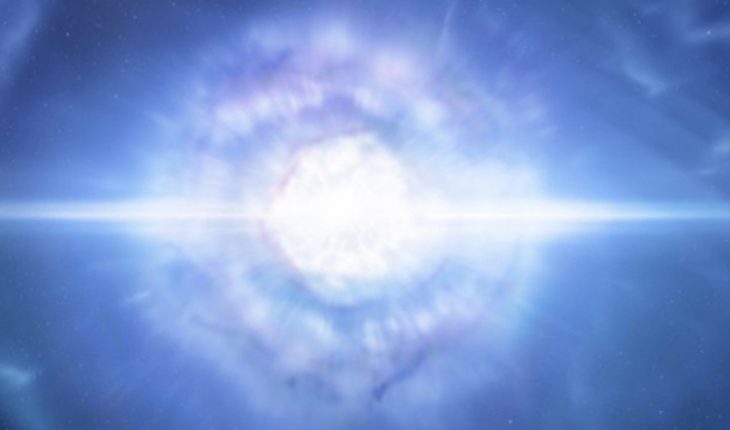An astronomical phenomenon proposed more than 100 years ago by scientist Albert Einstein has been solved after researchers from the LIGO observatories in the United States, Virgo in Italy and KAGRA in Japan will observe for the first time the largest record of gravitational waves, ripples in gravitational space-time which occurs when two hieramassive objects, how black holes collide violently. This event that was observed in 2015 and recently discovered by researchers could solve different riddles and could even change the perspective in which we know the Universe, according to a recent publication by the BBC. The recent discovery could lead to an answer to the true component of matter and even the functioning of spacetime. Susan Scott, a researcher at the University of Australia’s Centre for Gravitational Astrophysics and a co-author of the study, described the finding as “a new era for the direction of gravitational waves,” noting that it could break down the secrets of the evolution of the universe. The work carried out by the three observatories detected 35 new gravitational waves between November 2019 and March 2020, which has been described by the co-researcher as “a tsunami of gravitational waves”, as this is the largest detection of slingshots since its first visualization in 2015.Read more: Deforestation in Brazil’s Amazon breaks record: increases 22% in 12 monthsThis amount of gravitational waves is 10 times greater than those detected by LIGO-Virgo between 2015 and 2016.Of the total waves detected, 32 are the product of collisions between pairs of black holes that work, and three more correspond to collisions between neutron stars and black holes, and although these phenomena are a reflection of something that happened millions of years ago, they could be the answer to understanding the riddles of the universe. This is SLS, new rocket with which NASA will reach the Moon again
They detect “tsunami” of gravitational waves that could solve a great enigma
November 18, 2021 |





